Guide to Recyclability
PLASTIC RECYCLING CODES
The RIC (Resin Identification Code) was created in 1988 to help us understand plastic waste and currently is the most commonly used symbol in the UK.
Each number represents a different material used, what it’s usually used for, and how it’s recycled. It’s a bit like “plastics by numbers”!
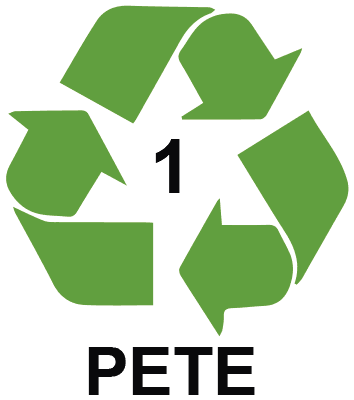
1 - PETE
This is most commonly used for single-use consumer bottles, e.g. water and soft drinks. It is never recommended to re-use PETE bottles as the construction does not prevent from bacteria production. When recycled the material is often used to make new bottles or can be spun to make fibre e.g. pillow stuffing, carpets etc.
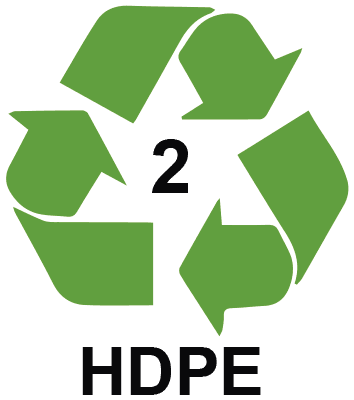
2 - HDPE
This is a much harder plastic used for milk jugs, toys, and other hard-wearing plastic products. It’s often labelled as “reusable” as the composition isn’t porous and doesn’t break down in extreme temperature environments. It’s easily recyclable into non-food bottles, plastic lumber, bins etc.
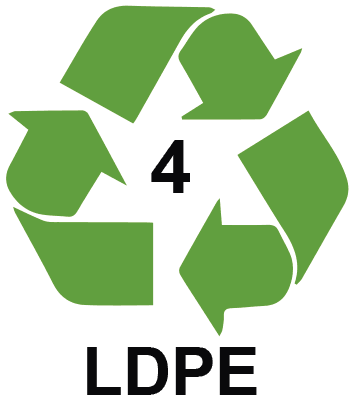
4 - LDPE
LDPE is usually used for light plastic bags, e.g. dry-cleaning garment covers, bread/fruit/veg bags and shrink wrapping. Whilst it’s low-toxicity makes it one of the safer plastics, it’s rarely recycled. It can be transformed into bin-bags and plastic lumber, but it is recommended that consumers find alternative packaging to LDPE as its use is often avoidable.
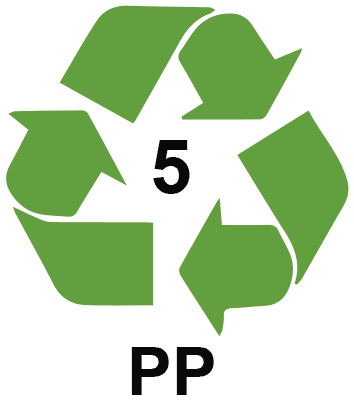
5 - PP
Probably the most versatile plastic on the market due to its heat resistance and moisture and chemical barriers. It keeps foodstuffs fresh and is really hardwearing. It’s mainly used on food packaging e.g. yogurts, cereal packets, rope, tape and snack packaging. It’s a product growing in recyclable popularity and can be recycled to create hard-wearing plastic materials such as bins, (broom) handles, cases etc. It was until recently the most popular material used in drink’s straw manufacturing, but many major brands are moving away from plastic straws because of recent environmental media focus.
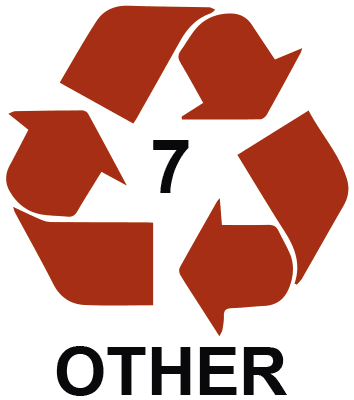
7 - Other
A new generation of plastic compositions come under this “other” category. These include new compostable plastics, Polycarbonates and new bio-based plastics. Examples of this category can be found in baby bottles/cups, food containers, car parts and some water bottles which have a high barrier. Recyclable 7 products are most commonly converted into plastic lumber used in building environments.
Sound complicated?
It is, and the rules can change depending on where you live in the UK.
But the good news is that there is some new labelling to help and give guidance.
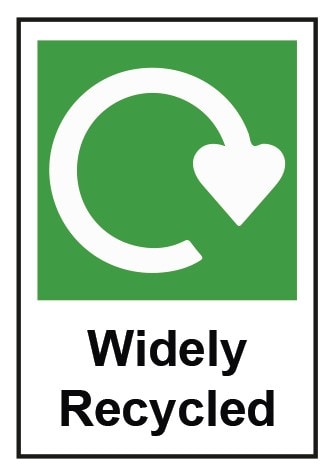
Widely Recycled
Packaging labelled with this symbol are the most commonly recycled in the UK. An example of this is plastic bottles.
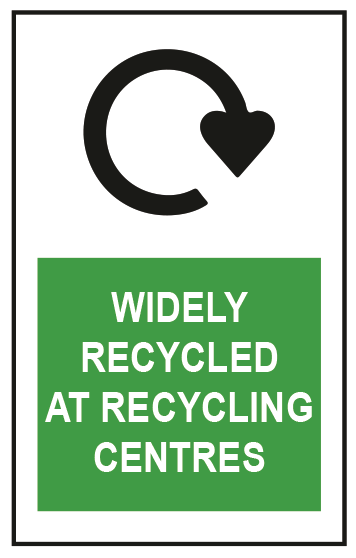
Check Locally
This is a generic recycling label which indicates that generally the product is recyclable, but checks with your local authority need to be made to confirm if it’s something that can be recycled by them.
Want to know what your local authority can recycle? A great website to look up your location, your local council and what you can and can’t put into your bins can be found at Recycle Now.
References
CODA / Eartheasy / BPF / BBC / Recycle Now